If you know anything about Northern Ireland or Belfast at all, you probably have heard of the the Troubles at the very least. If you haven’t heard of it, then you probably don’t know very much about the area. It would take me a million words to describe what the Troubles are, how they came about, what it’s all about, and the like. But even with that many words, I’m not sure I could ever fairly explain the political situation in Northern Ireland. Tourists may describe it as Catholics vs. Protestants, or Republicans vs. Loyalists, or the Irish vs. the British. The only way to really scratch at the service is to go there and talk to as many people as you can. Then again, if you only have a short time in Belfast, a Black Cab Tour might not be such a bad idea.
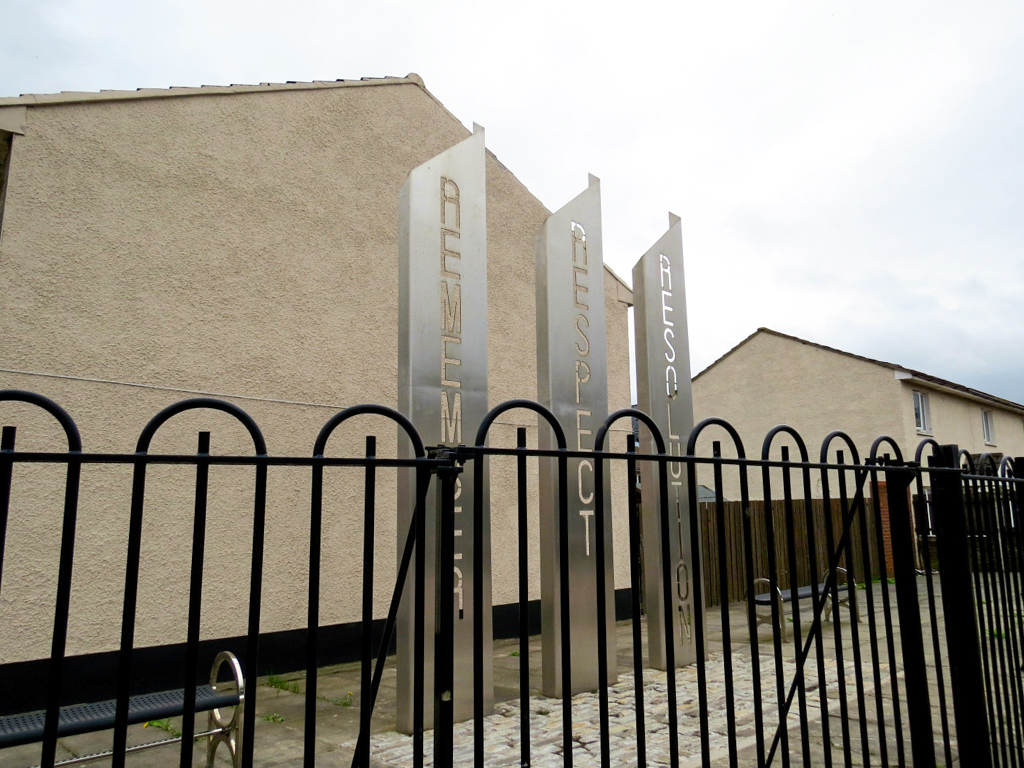 The Black Cab Tours are somewhat famous because they give visitors an incredible opportunity to see many areas of Belfast affected by the Troubles. Your cab driver will show you as many murals as possible, as well as explain what they represent. In addition, your cab driver will do everything he can to hide his political and/or religious identity. The Black Cab Tours do their best to give an objective explanation of the situation. Obviously they can’t hide their bias entirely, but nonetheless it’s pretty fun to try and figure out where your cab driver is from.
The Black Cab Tours are somewhat famous because they give visitors an incredible opportunity to see many areas of Belfast affected by the Troubles. Your cab driver will show you as many murals as possible, as well as explain what they represent. In addition, your cab driver will do everything he can to hide his political and/or religious identity. The Black Cab Tours do their best to give an objective explanation of the situation. Obviously they can’t hide their bias entirely, but nonetheless it’s pretty fun to try and figure out where your cab driver is from.
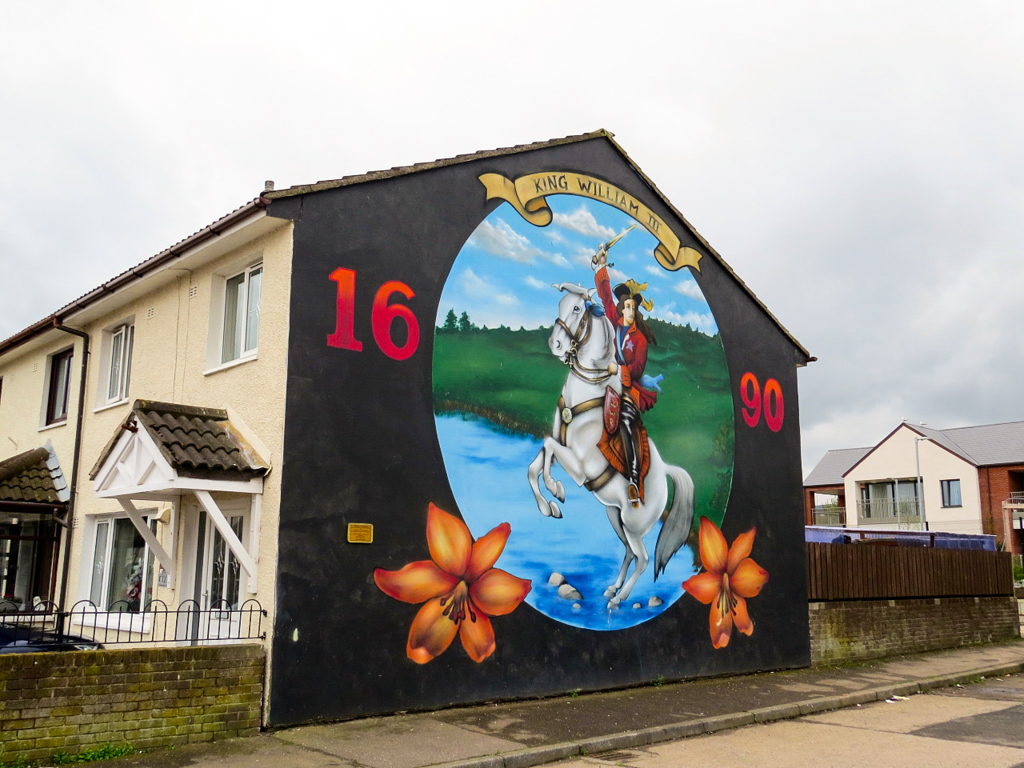
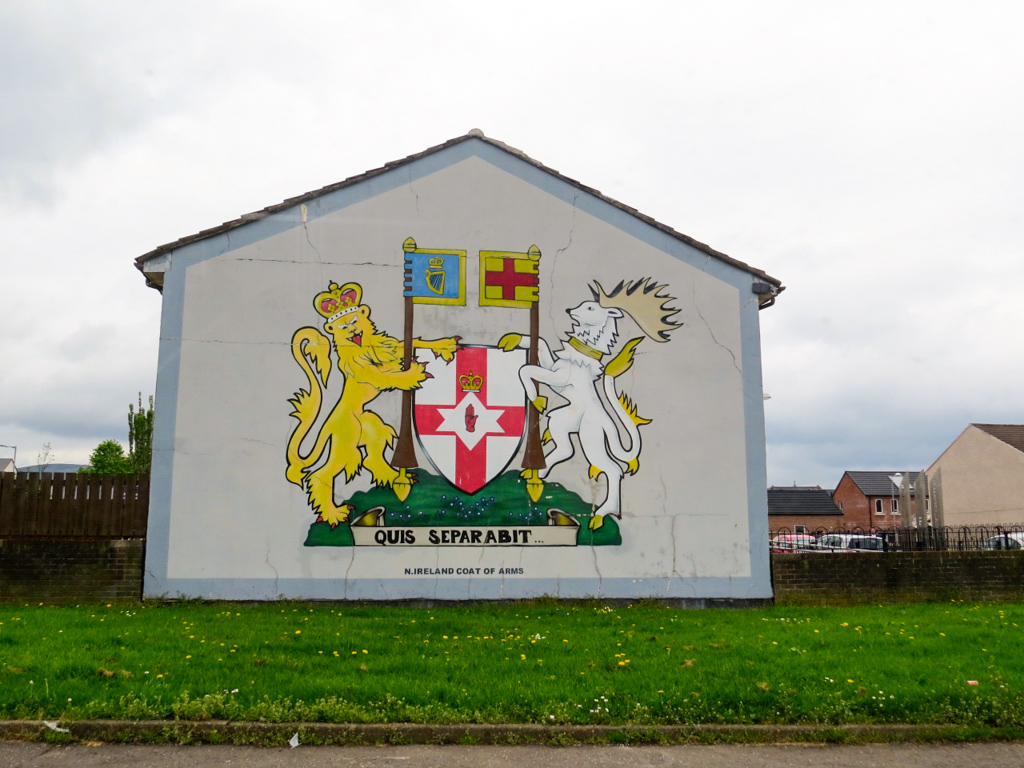 There are numerous local memorials dedicated to various tragedies from the Troubles too. It all makes you really stop and think for a moment. These things really did happen not that long ago, and so many people are still affected by these tragedies.
There are numerous local memorials dedicated to various tragedies from the Troubles too. It all makes you really stop and think for a moment. These things really did happen not that long ago, and so many people are still affected by these tragedies.

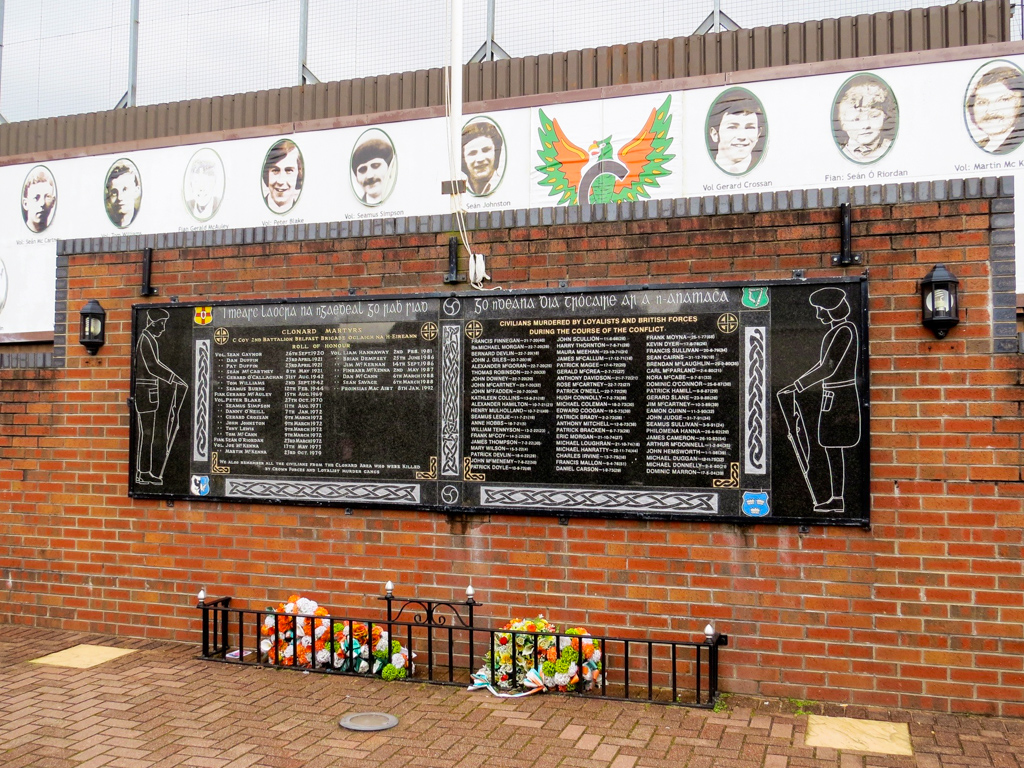 Historically, West Belfast has been the most nationalist oriented area out of Belfast’s four constituencies. However, there exists large unionist minority communities such as parts of the Shankill area, as well as a smaller Protestant enclave at Suffolk. West Belfast runs along the Falls Road and its suburban extensions. There exists a long peace line dividing the unionist Shankill area from the nationalist Falls Road area. There are several peace walls/lines in Belfast, but the most prominent one is the wall dividing the unionist Shankill area from the nationalist Falls Road area in West Belfast. These giant walls that were put up not to promote peace but to protect the two communities from each other. It is incredibly difficult to explain why this wall exists, but the wall captures the fascination of the world with its Berlin Wall-like sentiments. The wall itself is decorated with artwork, with many interesting pieces on display. Tourists tend to sign the wall, though most locals find the messages somewhat insulting because tourists tend not to know the nature of the situation.
Historically, West Belfast has been the most nationalist oriented area out of Belfast’s four constituencies. However, there exists large unionist minority communities such as parts of the Shankill area, as well as a smaller Protestant enclave at Suffolk. West Belfast runs along the Falls Road and its suburban extensions. There exists a long peace line dividing the unionist Shankill area from the nationalist Falls Road area. There are several peace walls/lines in Belfast, but the most prominent one is the wall dividing the unionist Shankill area from the nationalist Falls Road area in West Belfast. These giant walls that were put up not to promote peace but to protect the two communities from each other. It is incredibly difficult to explain why this wall exists, but the wall captures the fascination of the world with its Berlin Wall-like sentiments. The wall itself is decorated with artwork, with many interesting pieces on display. Tourists tend to sign the wall, though most locals find the messages somewhat insulting because tourists tend not to know the nature of the situation.


 Along the peace wall are some military-style gates that allow cars to pass through across sides, but the gates close at dusk. The tour includes going to this area and once you visit this place, you realise just how real the Troubles still are for people today.
Along the peace wall are some military-style gates that allow cars to pass through across sides, but the gates close at dusk. The tour includes going to this area and once you visit this place, you realise just how real the Troubles still are for people today.
 Although not on the peace line itself, the “International Wall” sits close to Cupar Way on the Falls Road side of the area and includes some murals on political themes, environmental issues, and features famous world figures. These murals are constantly replaced with new paintings.
Although not on the peace line itself, the “International Wall” sits close to Cupar Way on the Falls Road side of the area and includes some murals on political themes, environmental issues, and features famous world figures. These murals are constantly replaced with new paintings.

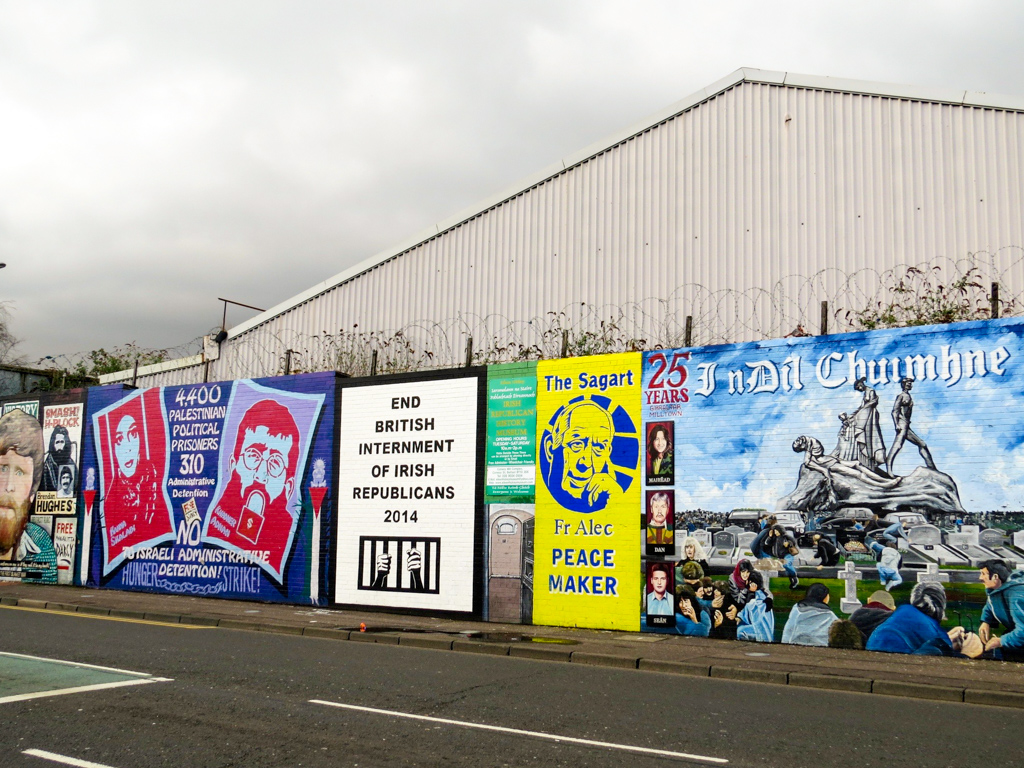 If you’re around in the Spring you’ll have a chance to see preparations for July 12th, a Protestant holiday. Tradition includes building bonfires all over the city of Belfast. These bonfires can get massive and start with very large foundations. In late July you can see the remnants of these bonfires.
If you’re around in the Spring you’ll have a chance to see preparations for July 12th, a Protestant holiday. Tradition includes building bonfires all over the city of Belfast. These bonfires can get massive and start with very large foundations. In late July you can see the remnants of these bonfires.
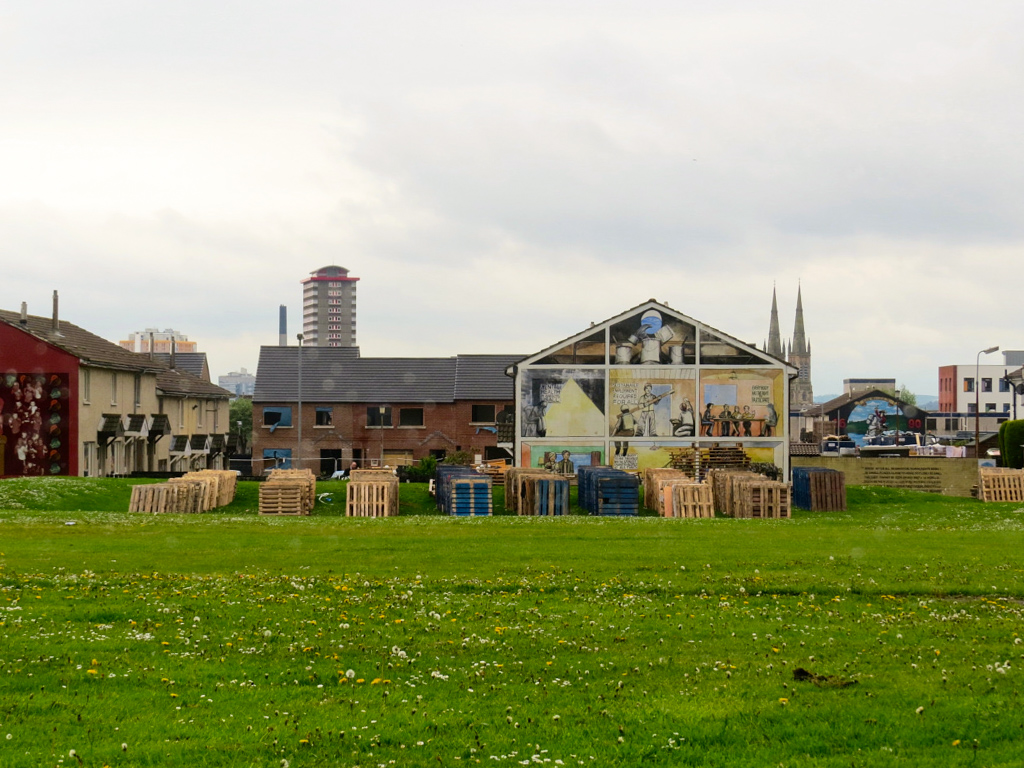
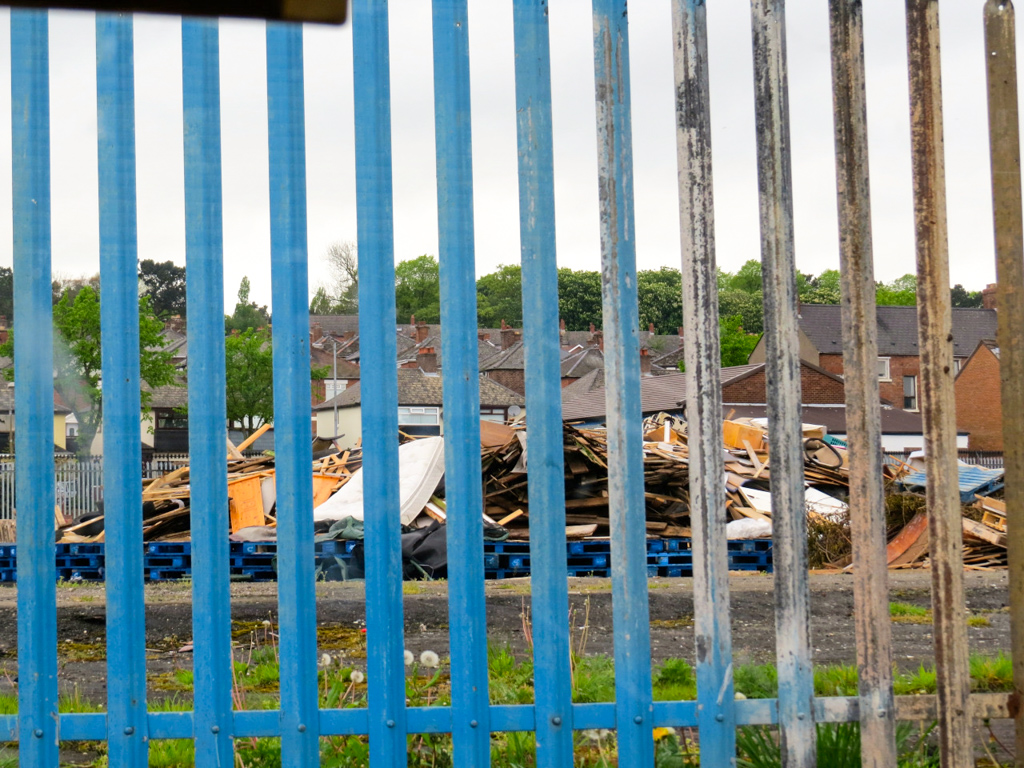 You will be told a heck of a lot information and it’s fairly difficult to absorb everything during one tour. However, it’s totally worth it! You learn quite a bit about a history that has seemingly faded from the international sphere.
You will be told a heck of a lot information and it’s fairly difficult to absorb everything during one tour. However, it’s totally worth it! You learn quite a bit about a history that has seemingly faded from the international sphere.

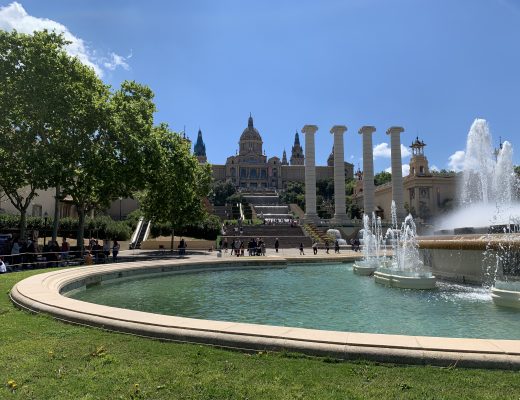
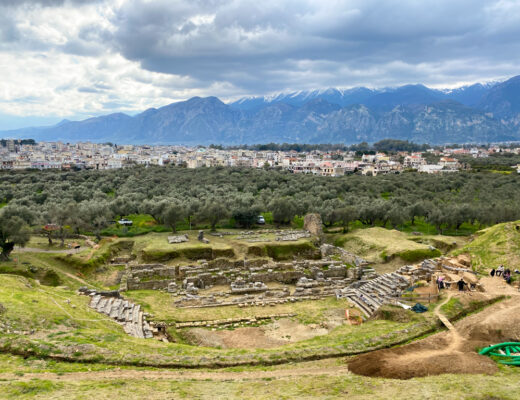

No Comments